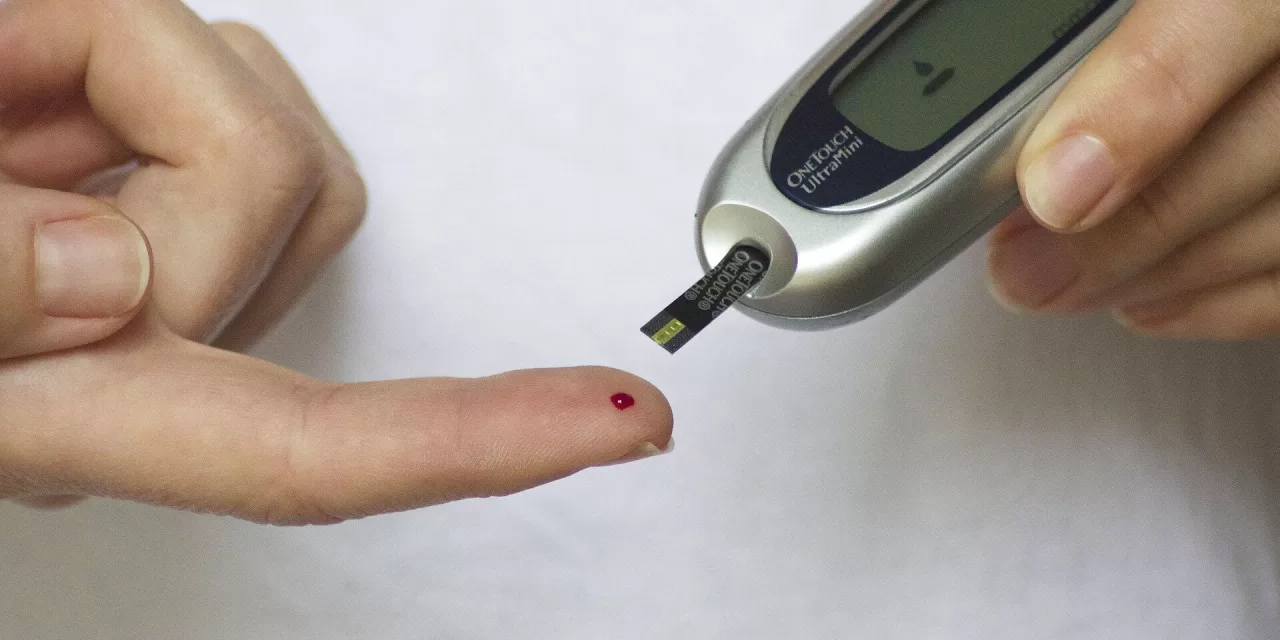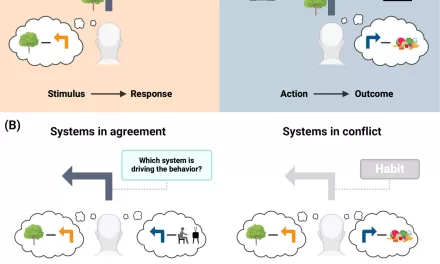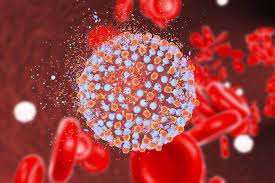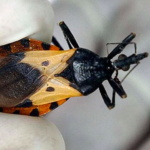A groundbreaking study led by investigators at Weill Cornell Medicine has shown that adding engineered human blood vessel-forming cells to islet transplants significantly improves the survival of insulin-producing cells and reverses diabetes in a preclinical setting. This innovative approach could one day make islet transplantation a widely available cure for type 1 diabetes.
A Potential Breakthrough in Diabetes Treatment
Type 1 diabetes, which affects approximately nine million people worldwide, is caused by the destruction of insulin-producing islet cells in the pancreas due to an autoimmune reaction. While islet transplantation holds promise as a treatment, current methods have substantial limitations, including the need for lifelong immune suppression and reduced transplant effectiveness over time.
In a study published on January 29 in Science Advances, researchers introduced a novel method involving “reprogrammed vascular endothelial cells” (R-VECs) to support islet survival. These engineered blood vessel cells provide essential nutrients and oxygen, allowing the transplanted islets to function effectively in the long term. The study demonstrated that diabetic mice receiving islets in combination with R-VECs regained normal blood glucose control and body weight for at least 20 weeks—a significant milestone for islet transplantation research.
Current Limitations of Islet Transplantation
The only FDA-approved islet transplant technique involves infusing islets into a liver vein. This invasive procedure requires prolonged immunosuppressive treatment and often leads to reduced transplant viability. Researchers are seeking alternative methods to transplant islets in a more controlled and accessible location, such as under the skin, while also developing ways to prevent immune rejection.
A Game-Changer: R-VECs for Long-Term Islet Survival
Drs. Ge Li and Shahin Rafii, along with their research team, demonstrated that R-VECs could facilitate long-term subcutaneous islet transplants. The engineered blood vessel cells successfully connected with the host’s circulation system, enhancing the survival and function of transplanted islets.
“This work lays the foundation for subcutaneous islet transplants as a relatively safe and durable treatment option for type 1 diabetes,” said Dr. Ge Li, a postdoctoral researcher and first author of the study.
Derived from human umbilical vein cells, R-VECs are more durable than naturally occurring endothelial cells and can adapt to support various tissue types. The research team observed that R-VECs formed new blood vessels around the transplanted islets, mimicking the function of natural pancreatic blood vessels.
Future Prospects and Challenges
Although the study presents promising results, further research is necessary before this technology can be applied to humans. Large animal studies are needed to confirm the safety and efficiency of this approach, and researchers must find ways to scale up production of vascularized islets while avoiding the need for immunosuppression.
“Ultimately, the potential of surgical implantation of these vascularized islets needs to be examined for their safety and efficiency in large animal models,” said Dr. Rebecca Craig-Schapiro, a co-author of the study and an assistant professor of surgery at Weill Cornell Medicine.
The researchers are hopeful that their work represents a crucial step toward making islet transplantation a viable cure for type 1 diabetes. With continued advancements, this technology could become a reality in the coming years.
Disclaimer
This article is based on preclinical research, and the findings have not yet been tested in human clinical trials. Further studies are required to determine the safety, efficacy, and feasibility of this approach for treating type 1 diabetes in patients.












